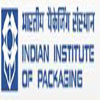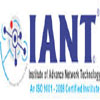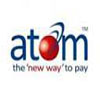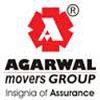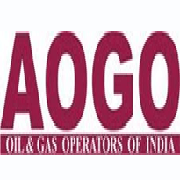-
3 runways, 8 radars and a dozen pair of eyes
t the Indira Gandhi International airport, a brigade of air traffic controllers handles 1,100 landings and take-offs every day. In peak time, it manages up to 75 flights an hour. This works out to one flight operation each minute, making the Delhi Air Traffic Control (ATC) station the country’s busiest.
“Our aim is to ensure safety of aircraft, maintain regular flow of flights and avoid incidents involving aircraft or passengers,” says a senior Delhi ATC official. “We have state-of-the-art automation system provided by a US-based firm, which gives us the capacity to manage 75 flight movements per hour on the three runways and two terminals at IGI airport.” Air traffic at Mumbai is comparably higher, says an official, but IGI is the only airport in the country that employs three runways simultaneously.
The controllers work in five shifts to keep the ATC operational 24×7. Each shift is headed by a Watch Supervisory Officer (WSO), who oversees the functioning of 55 controllers. Over all, Delhi ATC is headed by a general manager, Air Traffic Movement (ATM). “A team of 11-12 officers sits in the tower managing the landings and take-offs at IGI. The Delhi ATC has jurisdiction over 250 nautical miles. This space is divided in four sectors that are manned by four teams with three members in each,” explains an official.
“To prevent collisions, ATC enforces traffic separation rules that obligate aircraft to maintain a prescribed minimum unoccupied space around it at all times. Many aircraft also have collision-avoidance systems. These provide additional safety by warning pilots when other aircraft get too close.”
The Delhi ATC uses feeds from eight radars. At IGI airport, there is a long-range instrument called the Air Route Surveillance Radar (ARSR) with the capability of coving the entire 250 nautical miles under Delhi’s purview, two short-range radars keeping vigil on 60 nautical miles of territory, and two surface movement radars that manage the ground surveillance of the runways, apron area, taxiways and bays. Apart from these, the ATC gets feed from three other radars stationed at Varanasi, Udaipur and Bhopal for an integrated surveillance of the entire air space under its jurisdiction. “ARSR is 15 years old, while one of the short-range radars was only bought last year. But we ensure regular maintenance of all of them,” says an official.
Apart from radars, IGI’s three runways are also capable of handling landings and take-offs from both ends. Of the six approaches to the runways, three are CAT III-enabled and allow flight operations even at visibility as low as 50 metres. Well-equipped and already at an advanced stage and prepared to handle the rising air traffic, one problem most ATCs face is staff shortage.
Delhi, however, given its status as the busiest in the country, has been spared this problem.
Elsewhere, the long and stress-filled working hours, the necessity of regularly keeping oneself updated with industry developments and low initial salaries keep the youth away from opting for an air traffic controller’s job. Despite these challenges, however, controllers testify that the responsibility that comes with the job is rewarding in itself.
Share This






























